HOW TO IDENTIFY THE VICTIM MENTALITY
1. Look for signs of blame. A major indicator of the victim mentality is the tendency to place blame on outside sources such as referees, play-calling, coaches, teammates and the weather. Maybe you blame your parents because they didn’t invest in that one camp that you really wanted to attend. Maybe you blame your coaches for not calling more pass plays.
No matter where blame is directed, it’s essentially useless. When you blame others, you give them power over your GAME instead of taking your destiny into your own hands. What’s more, you also push people away in the process.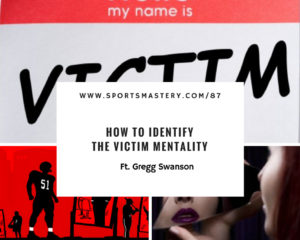
2. Determine if you are always calling others to complain. Do you spend most days of the week talking to any teammate who will listen about your problems or inadequacies? Do you notice FRIENDS slowly not taking your phone calls or not texting back in a timely manner? Even the best relationships have trouble surviving when one person always has something negative to share.
Complaining can be a tempting behavior and nonstop venting may seem to make you feel good on the surface. However, constant complaining sends the message to your brain to look for the negative, which only makes you feel worse in the long run.
3. Identify self-loathing. Feeling inadequate and not good enough is at the core of the victim mentality. A self-loather often views him/herself negatively and is ALWAYS nervously waiting for others to spot all their inadequacies.
This kind of person is terribly hard to COACH because they cannot accept praise or compliments. Someone else may say “Wow, you did a great job on in the last game!” and the person pushes away the compliment with “Oh, no Tommy threw great passes all night long.”
One way to stop self-loathing is to accept the reality that how you see yourself isn’t the only or right way for you to be. Recognize that others’ PERCEPTIONS of you may be different, but, at least to them, they may also be accurate.
Learn how to guide your student-athlete out of the victim mentality buy incorporating the principles and strategies in my workbook. To learn more click HERE.

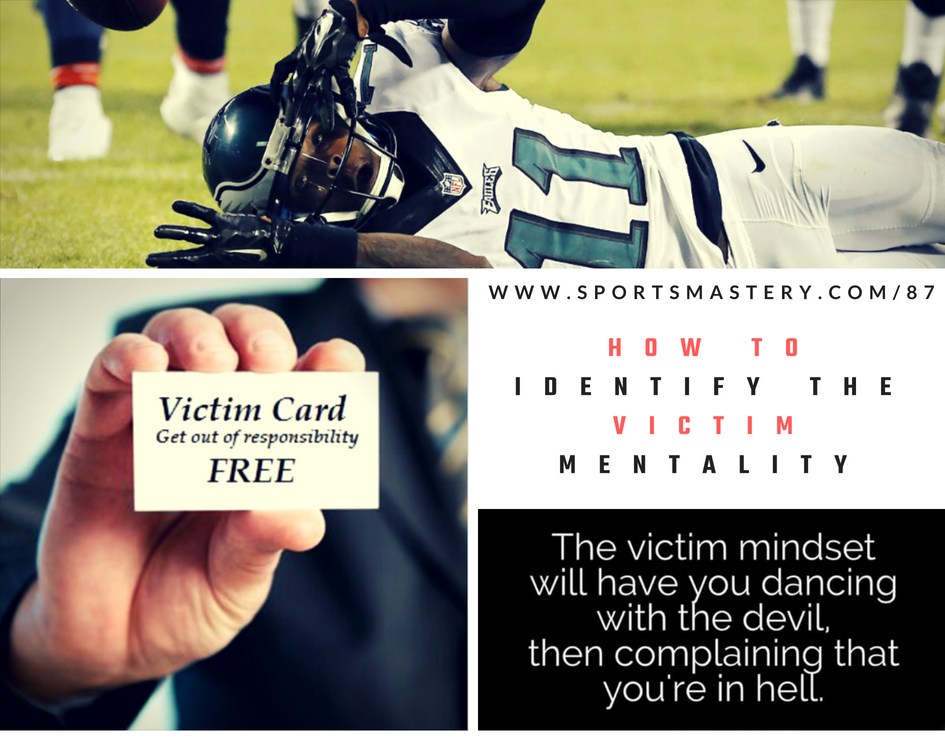
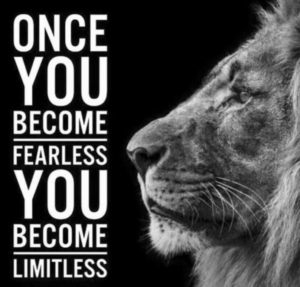
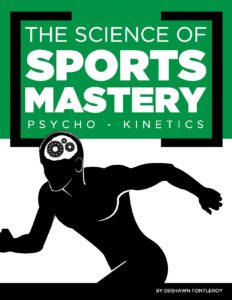
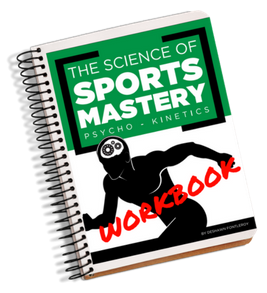

 Your Information is Safe
Your Information is Safe Secure Checkout
Secure Checkout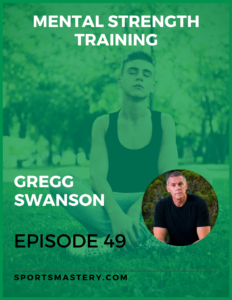

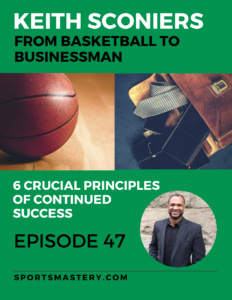

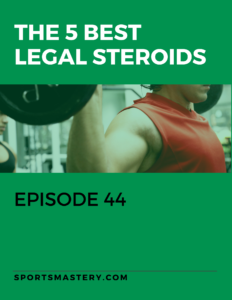

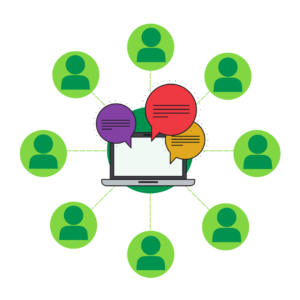 6 Week Mastermind
6 Week Mastermind